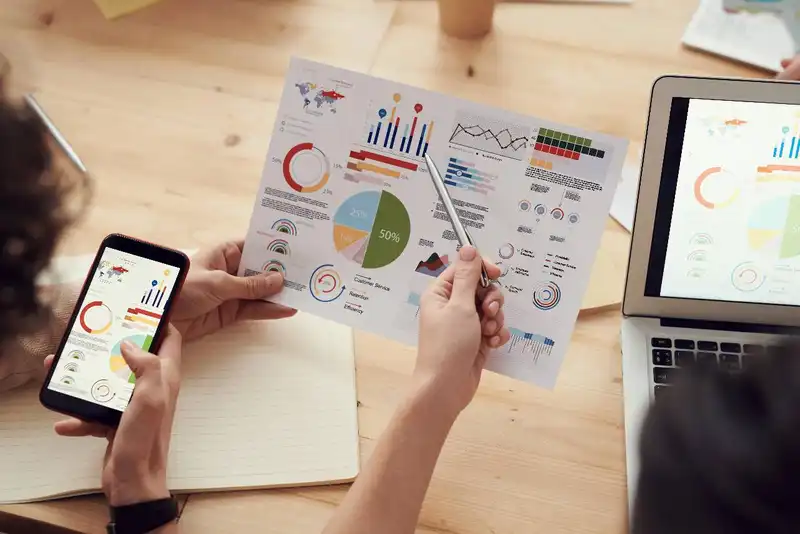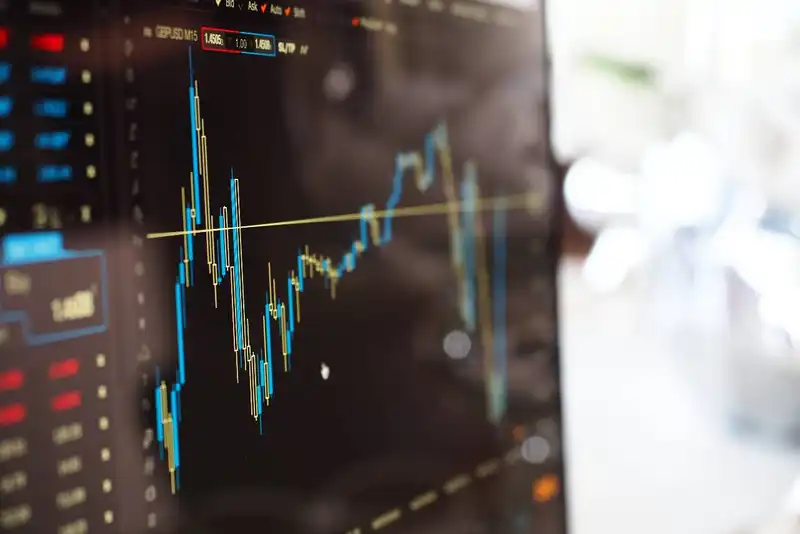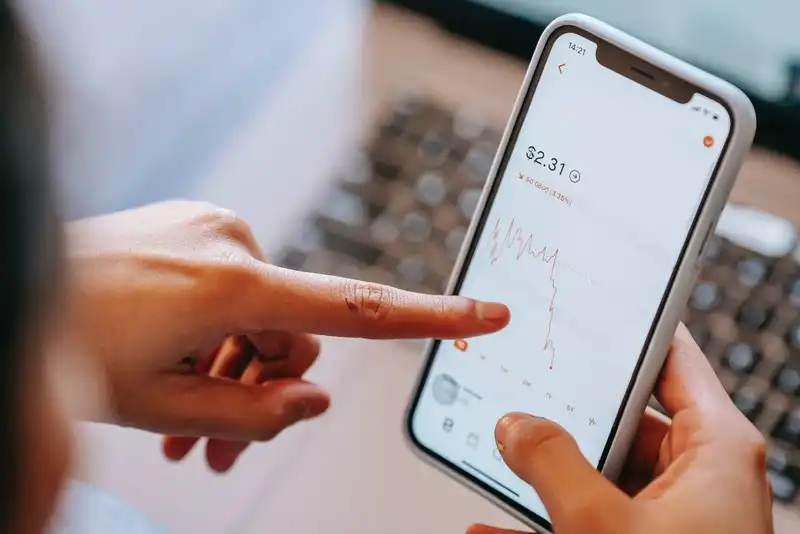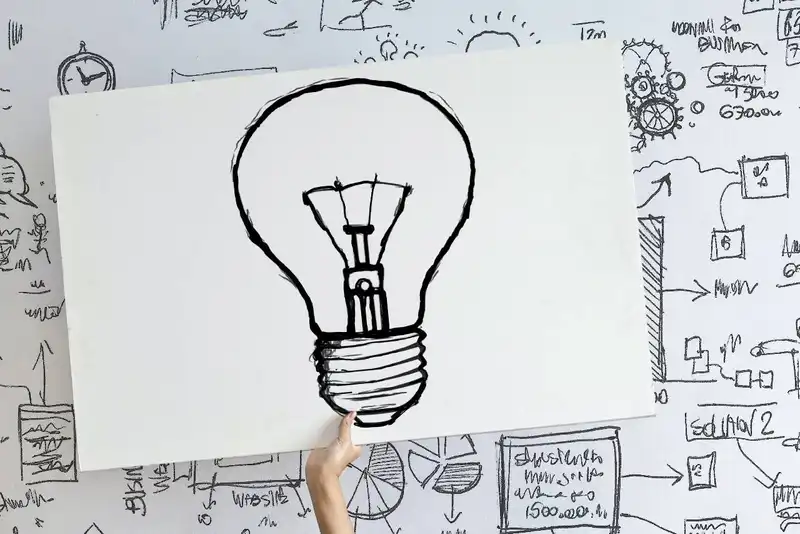Data Forecasting - 4 Common Models For Businesses
Introduction to Data Forecasting
It is not about how much data a business collects. It is about how they use the data to add value to their operations.
With data forecasting, companies can estimate future sales and customer demand to optimize resource allocation and operational efficiency. As a result, owners can save unnecessary inventory, labor, and overhead costs.
4 Common Types of Data Forecasting

There are multiple methods that businesses can use to perform data forecasting. Depending on the technique, companies can actively improve their customer service, business intelligence, and internal processes. Therefore, owners should review the four most common data forecasting models to determine which one best meets their needs.
The Times Series Forecasting Model

The time series model utilizes historical data to define significant patterns, ensuring reliable forecasting. This enables businesses to identify dependencies and how the relationships evolve over time. With visual aids, such as line graphs, owners can actually see how the trends impact their company.
The time series model involves seven steps that use analytical data to estimate future outcomes. Managers can perform these steps in a digital spreadsheet or automated management system.
1. Assemble the time-based data (time and values series)
2. Input the time-based information in one column of a spreadsheet
3. Insert the remaining data into the following column
4. Highlight the relevant data
5. Click the forecast option
6. Populate a line or bar graph (depending on the type of data)
7. Select the end date
The Econometric Model

The econometric model caters to businesses within the field of economics and requires supply and demand forecasts. This technique uses more complex data to create statistical models and develop forecasts. The econometric model itself is rather basic, consisting of eight stages.
1. Differentiate the dependent and independent variables
2. Formulate a hypothesis
3. Gather data sets into three categories, X, Y, and Z
4. Plot the data points on a graph to pinpoint anomalies
5. Define the relationship between variables
6. Formulate algorithms based on the transformations
7. Define the impact variables have on each other
8. Add another group for variables that require further analysis
The Judgmental Forecasting Model

Judgmental forecasting includes various models, each utilizing subjective and intuitive data. This comes in handy when there is no information to base predictions on, such as new product launches. Startups and companies that face uncertain market conditions should consider using judgmental forecasting models. However, owners should consider the main characteristics of judgmental models.
- Takes an opinionated approach
- Assumes different variables
- Has severe limitations
- Accuracy improves with new data
Organizations mostly use this model for research and development projects that have no prior information. To gather data, businesses can hold focus groups, generate feedback from experts, and launch surveys to improve their insights.
The Delphi Model

The Delphi model bases its predictions on the information a panel of experts provides. This technique assumes that the information a group of experts offers is more impactful than an individual. In other words, the Delphi model relies on the power of numbers. To generate more data, some organizations even conduct multiple rounds of this model.
Managers typically ask the experts a series of questions and identify the most common response. They then transfer this response into their predictive model to generate further insights. Organizations can repeat this process to revise and improve their estimations. However, the most critical part of this strategy is choosing the right panel of experts. Managers must ensure that each individual is unbiased and has the appropriate experience.
Artificial Intelligence Data Forecasting Methods

Many data forecasting solutions use machine learning and artificial intelligence (AI) technology to improve their forecast accuracy. AI develops sophisticated algorithms to predict future outcomes and learn from real-time data. Businesses and customers encounter AI technology when they see product recommendations, search engine results, and sales forecasts.
Product and Content Recommendations
Many online companies, such as Amazon, use AI to track customer buying patterns and predict their behavior. Based on the consumer's previous purchases, AI can estimate when they will buy next and the type of product. This is how online retailers can generate a product recommendation tab and promote impulse buys.
Businesses can even take this technology a step further by developing customer profiles and analyzing demographics. This enables marketing teams to improve their target promotions and campaigns. Retailers that have loyalty programs can use this information to automate marketing emails.
Search Engine Accuracy

AI is how Google, Bing, and other search engines are able to populate relevant results for user searches. The more users search on the sites, the better they are able to finetune their optimization page. Now, retailers are using the same technique to improve online product searches.
Predictive Analytics
Predictive analytics also uses AI to estimate future supply and demand so that businesses can optimize their inventory management. Otherwise, companies remain unaware of emerging market trends and customer preferences. This could result in over and understocking products, significantly reducing profitability.
With predictive analytics, organizations can reduce or increase purchase orders to maximize sales and profit margins. This gives retailers and restaurants a significant competitive advantage over others that don't have this capability. Owners can even use this technology to predict staffing needs to prevent under or overstaffing an event.






